7 Drought-Tolerant Landscaping Tips for a Greener Yard This Summer
Maintaining a beautiful yard is a point of pride for many homeowners. From keeping the grass mowed to planting flowers and manicuring shrubbery, a lot goes into keeping a yard up to standard.
For households that experience the occasional drought, the need to conserve water can take a significant toll without drought-tolerant landscaping. Providing a lawn with one inch of water requires around a half gallon per square foot or about 62 gallons for every 10′ by 10′ area. This means that if you live in a hot climate, you may be pouring hundreds of gallons – and, consequently, hundreds of dollars a month – into your yard. Not to mention, drought risk areas don’t have the luxury of using excess water.
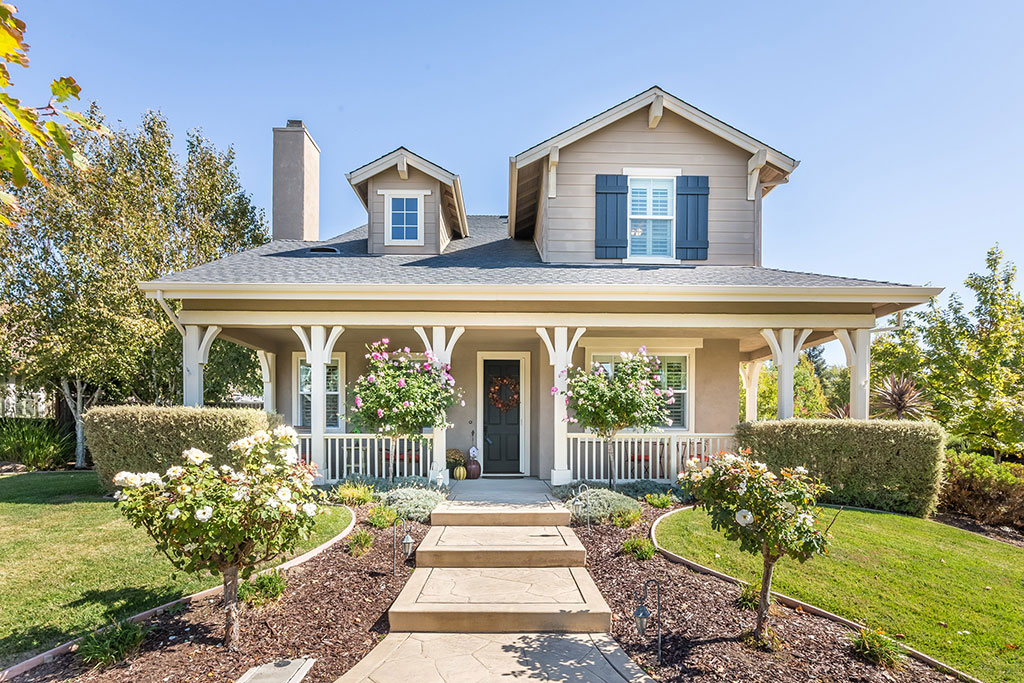
But there are actually lots of ways to conserve water outdoors. By adding drought-tolerant landscaping, you can save thousands of gallons of water and still maintain a healthy yard and garden. Here are seven easy steps to get started:
1. Fix Outdoor Leaks to Prepare for Droughts
Effective use of water relies on your own practices but can also be attributed to proper maintenance. Whether you know it or not, pipes, spigots, hoses, sprinkler tubing, and other components of a watering system can develop weaknesses and, consequently, leaks.
Periodically, take time to inspect your tools, looking for signs of issues. A slow-dripping faucet alone can cost hundreds of dollars a year in water expenses, so keep an eye out for any leaks or other problem areas to avoid wasting money on water you’re not even using.
2. Add a Drought-Tolerant Greywater System
After you wash your hands or do the dishes, where does the water go? That’s right – it goes right down the drain. That is unless you put it to good use.
You may be wondering, what is greywater?
Greywater refers to wastewater from non-hazardous applications like washing hands, taking a shower, or any non-toilet-related use. This water is too contaminated to be used for any sterile application but it is perfectly useful for things like watering lawns when properly treated. The components in this water that make it seem dirty are actually beneficial as fertilizer, stimulating plant growth.
If you have access to greywater in your area, taking advantage of it can be an excellent way to keep costs down while helping the environment. To get started with greywater:
- Explore city ordinances to ensure greywater use and collection is permitted
- Partner with a plumbing contractor to help create a device that accurately collects and applies greywater in a way that makes sense for your property
- Consider investing in a three-way valve to make it easy to divert water between greywater collection and your septic system
- Determine whether you want to use greywater with an irrigation system, like mulch basins, or through a hose for normal watering
3. Invest in Drought-Tolerant Xeriscaping
Pronounced “ZIRA-scaping,” this is a form of landscaping designed especially to withstand a drought. This process utilizes sustainable alternatives to traditional plants to reduce the need for watering property. Very popular in hot dry climates, like in Arizona or New Mexico, xeriscaping maintains property values and creates a beautiful appearance for your front or backyard without standard flowers, bushes, greenery, or varieties of grass. Components frequently used in xeriscaping include:
- Stones and pavers
- Cactuses
- Mulch
- Gravel
- Species of grass like bluegrass
- Succulents
Xeriscaping is not a water-free endeavor, but the right tactics can reduce or nearly eliminate the need for regular watering which makes it ideal for drought-tolerant landscapes. When design focuses on effective irrigation as well as a beautiful layout, it’s possible to use limited watering to achieve beautiful results. If you’re looking to add even more life to your yard, services like Xtreme Green can increase the curb appeal of your lawn during the dry season.
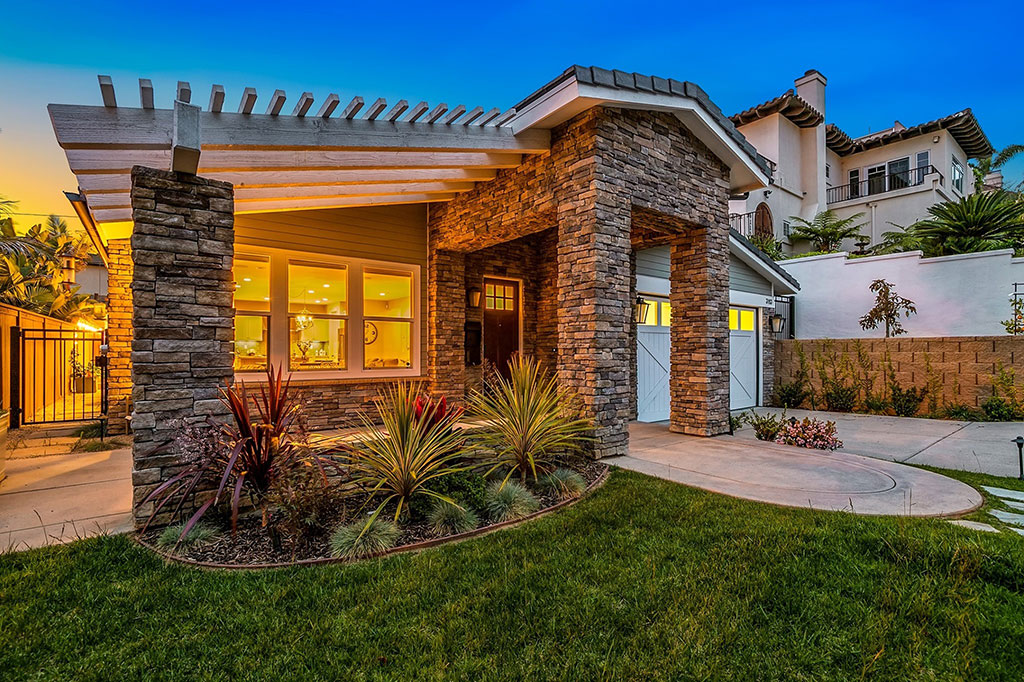
4. Evaluate Saturation to Avoid Wasting Water
The last thing you want for a drought-prone area is wasted water. Some yards will absorb water efficiently. However, if your property easily becomes oversaturated, watering your lawn may result in wasted water.
Overwatering your yard can result in damage to your lawn as well as an unnecessarily high water bill. Instead of assuming your lawn is properly absorbing the water you are providing, take time to evaluate during the process.
As you water, watch carefully for any water pooling. If this occurs, immediately cease watering until water pools have disappeared.
5. Conserve by Watering at the Right Time
When it comes to watering, all time isn’t made equal. There are absolutely better times to water your grass, so do your best to plan to water when it’s most effective. Keep these tips in mind to make the most of your water usage:
- Schedule watering in the morning when the weather is cooler. In the middle of the day, when the sun is at its highest point, water evaporates much faster.
- Avoid watering at all in very hot weather with prolonged dry spells. Your grass will bounce back when climate improves.
- If you have to water later in the day, find time between the hours of 6:00 PM and 8:00 PM, when the temperatures begin to drop.
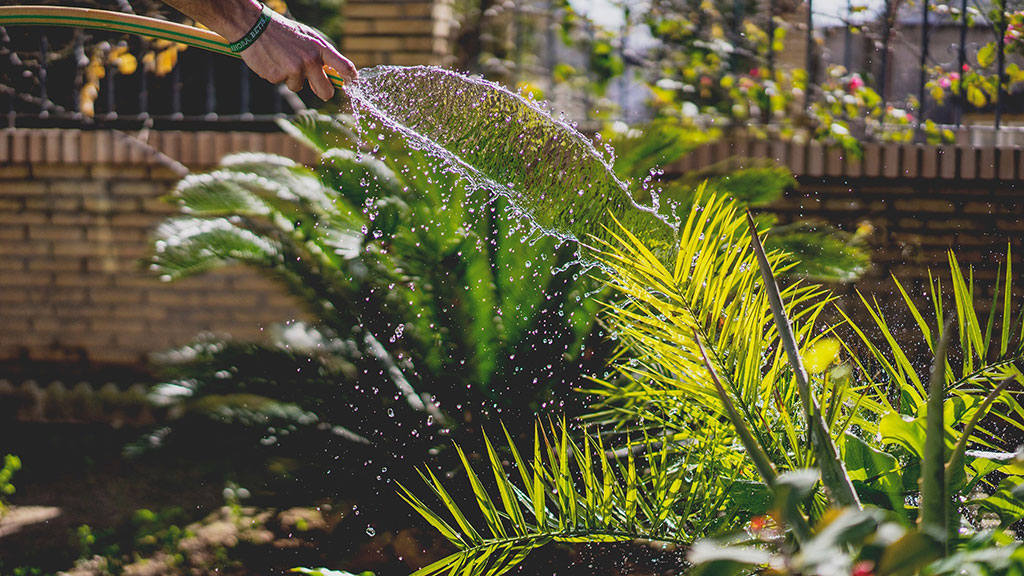
6. Gather Rainwater During Non-Drought Seasons
If you live in an area that gets sporadic rain throughout the winter season, collecting rainwater can be a huge benefit. By placing bins at the base of gutter spouts, you can tap into an essentially free supply of water, allowing a low-cost way to keep your lawn looking it’s best.
Some collection buckets even feature attachments for hoses, making it extremely easy to transition from collection to use. Even if you need to supplement with a standard water line, this can still help you save in an eco-friendly manner.
Note that some states and cities maintain laws related to rainwater collection so do your due diligence before investing in this alternative. Water collection vessels are available in a wide range of sizes so be sure you take time to learn more about average rainfall for your area.
7. Consider Drip Irrigation to Conserve Water
For those who feel strongly about an irrigation system, a drip irrigation system is among the best options to reduce the likelihood of wasted water. This form of irrigation system utilizes a network of thin hoses placed within the ground of your yard. These hoses can then disperse water directly into the soil itself – exactly where you need it most.
In general, however, an irrigation system is not necessary, particularly for a residential property. Conventional irrigation systems only extend to limited areas and tend to result in overwatering. If you don’t already have an irrigation system and have no specific reason to get one, it’s best not to do so.
Minimizing water usage during a drought can be inspired by a passion for the environment or simply a desire for frugality. No matter the reasons that motivate you, conserving water with drought-tolerant landscaping can help you cut down on your bills while doing what’s right for the planet.



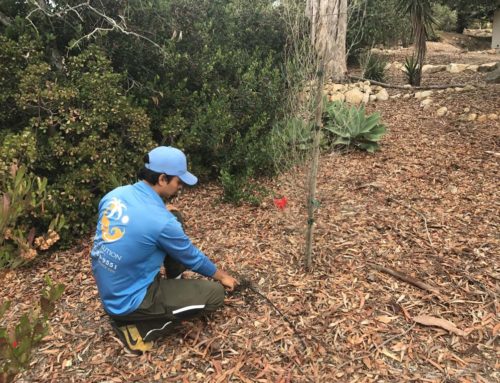
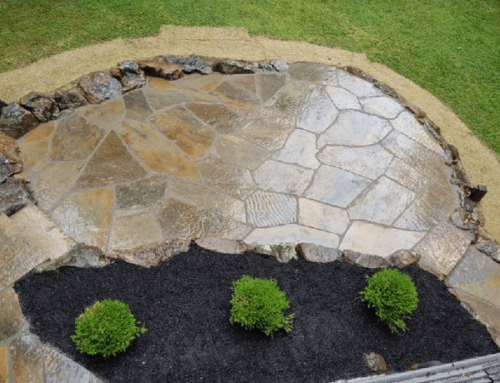

Leave A Comment
You must be logged in to post a comment.